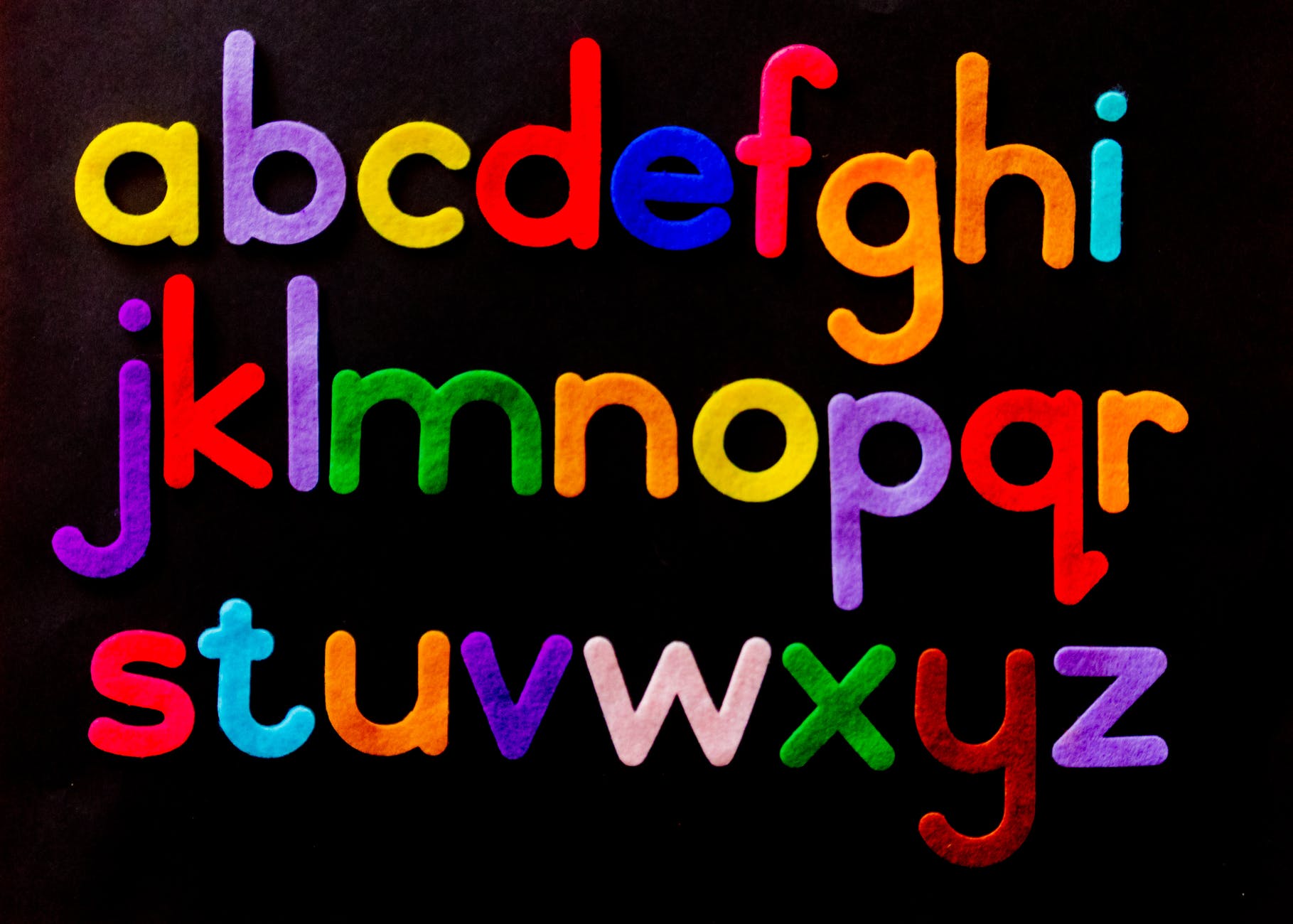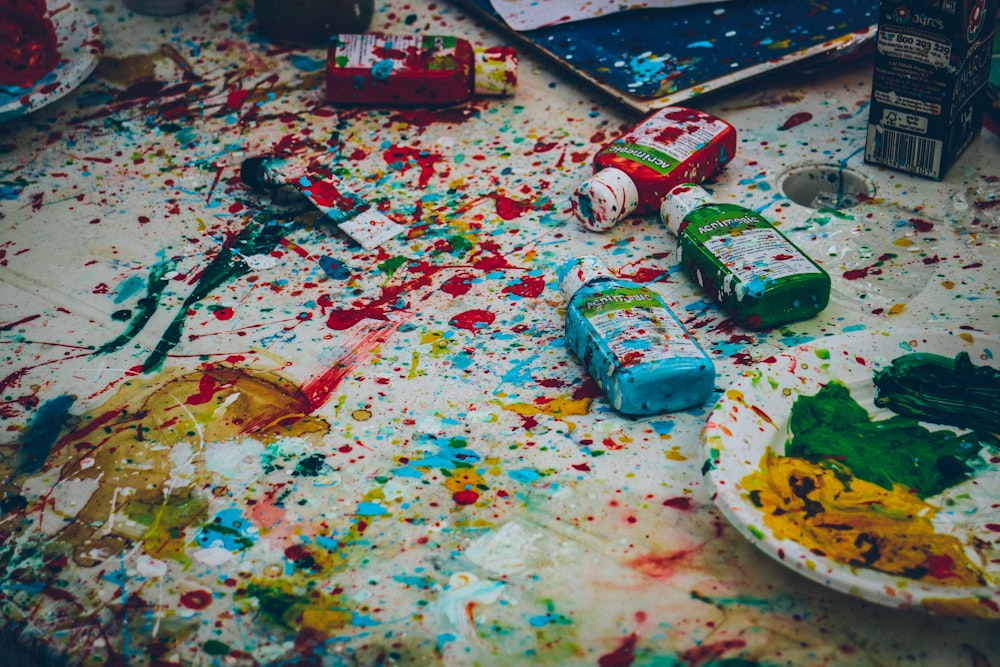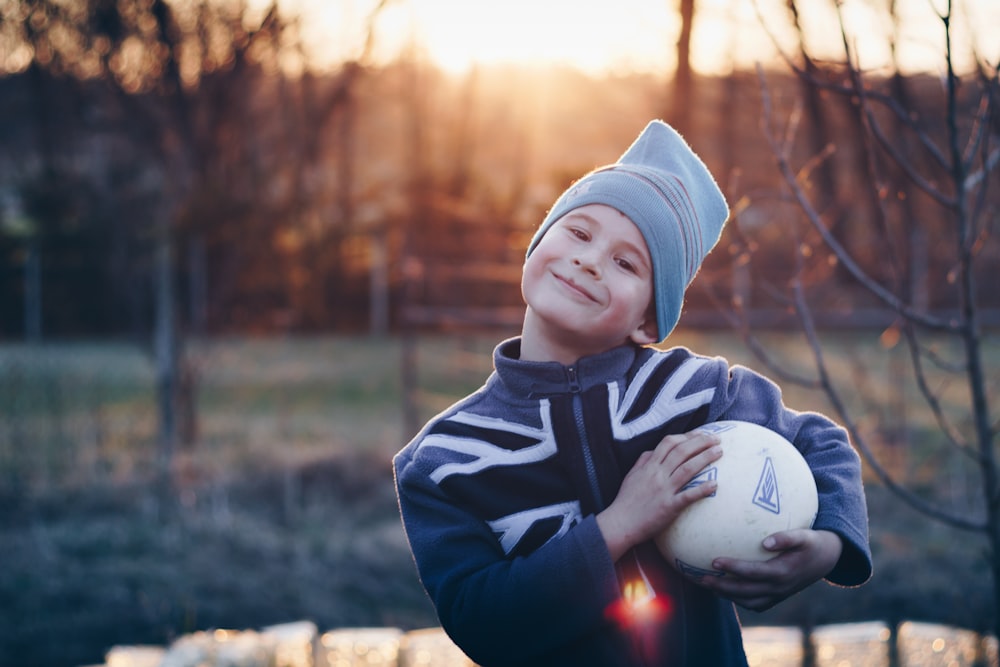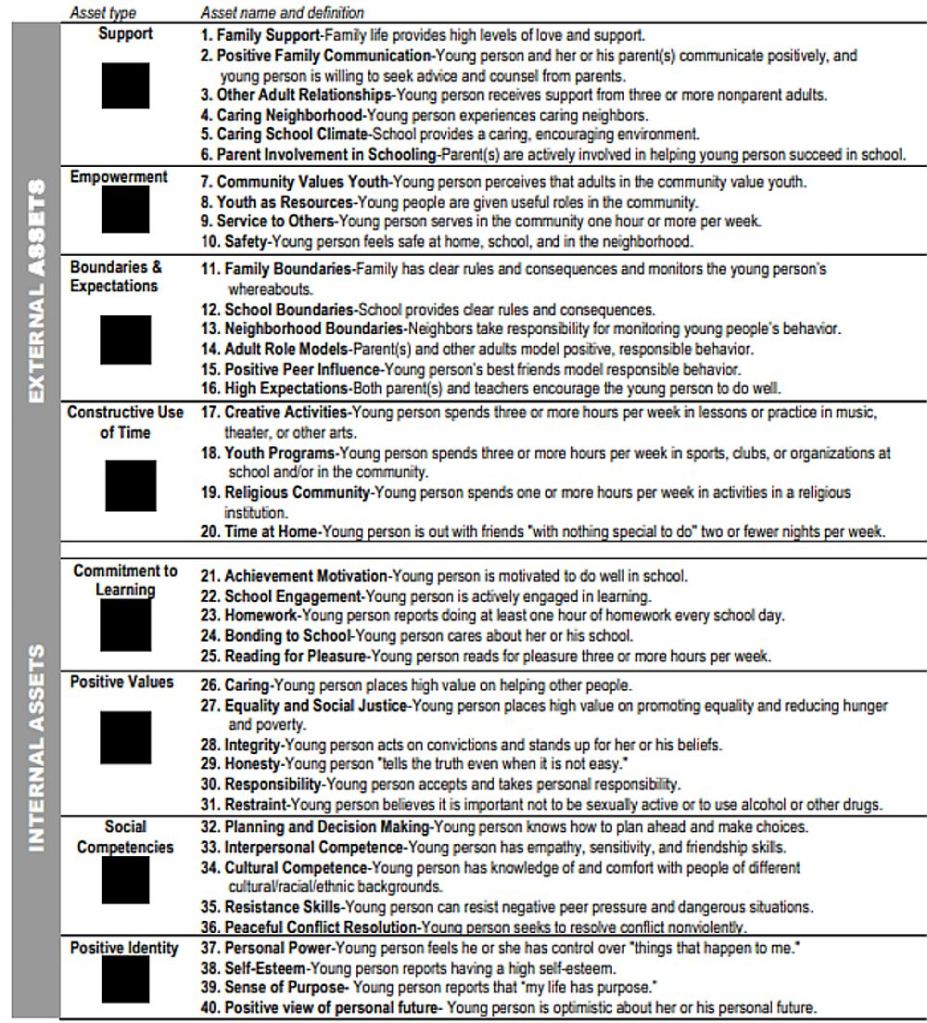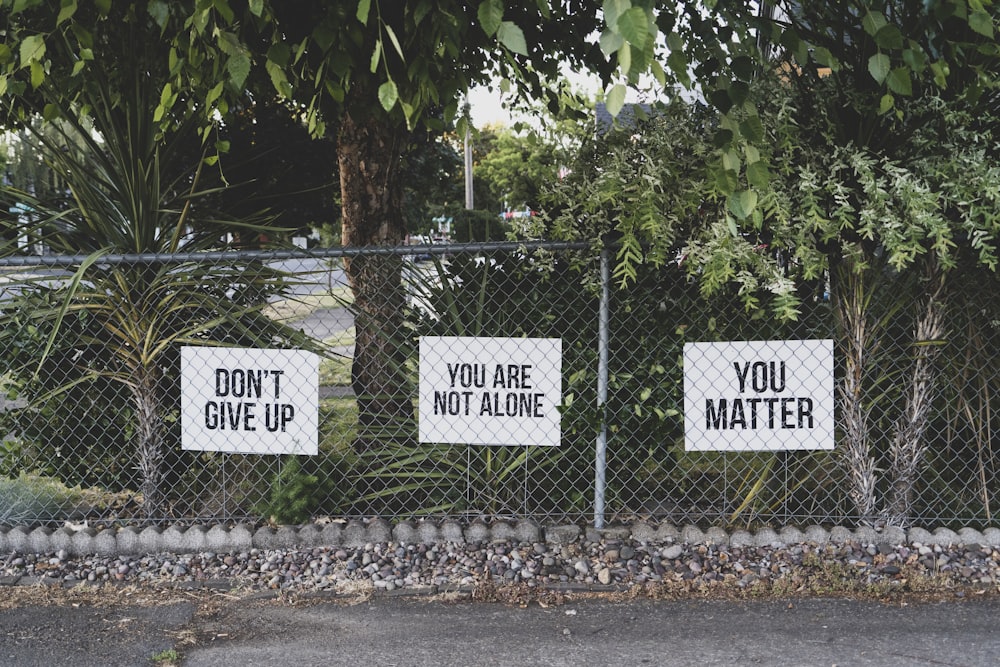So much controversy these days surrounding choice. The positive powers of choice are immeasurable but can sometimes be harmful.
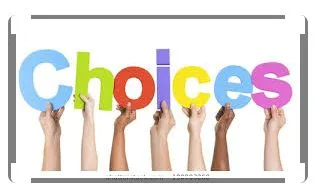
I’m a huge believer in providing children with choices whenever possible. Giving them power over the guided choices they need to make is essential to building good self-esteem and empowerment (and, parents, leads to much less arguing) I used to joke about giving my kids choices when they were young by stating the choice, “Would you like to eat your broccoli or have your thumbs cut off?” In reality, their choices were more like, “Would you like broccoli or carrots? My daughter brought me a stack of books she wanted me to read to her but we were getting ready to leave the house. I told her I had time to read one. “NO MOMMY! 5 books or NO books!” She had the right idea but…
Today, in our COVID-19 state of being it seems that people are making choices in the name of personal freedom that are detrimental and sometimes deadly to others, including our children.
Parents absolutely have the right to make responsible medical choices for their children but parents need to realize that the choice to not vaccinate themselves and/or their children puts themselves and others in dire peril. I’m seeing so many children who are under the age of being vaccinated being out in public with no masks and it distresses me greatly. At a time when even children’s hospitals are overflowing with patients who are suffering from COVID, I firmly believe masking children is essential. Right now, it’s their only protection from non-symptomatic COVID carriers. Even vaccinated people can pass the disease.
I want to ask these parents if they prefer having living children or dead children? It’s that serious. What is the choice they’re making? Without masks, they’re CHOOSING to put their children in abject danger. In any other case where parents/caregivers intentionally place their children in harm’s way, there are legal consequences for these parents to be held accountable. I can’t see how not masking is different from other child endangerment charges.
With regards to parents choosing to forego vaccination, I want to ask THEM if they prefer that their children be raised by and live with them or if they prefer their children to be orphans.
One of the saddest stories I’ve read was about parents who had 5 children including a newborn. Both chose not to vaccinate and both died shortly after their youngest was born. http://www.cnn.com/2021/09/13/us/california-family-covid-death-orphan-five-children/index.html
Nobody plans on getting sick and dying so what needs to be realized is that COVID-19 DOES NOT discriminate between those who want and don’t want to vaccinate. I wonder how those parents would have answered the question about who should raise their children? I think I can guess.
Vaccination choices can be deadly for the people who choose not to vaccinate AND for others everywhere with whom they have contact. Choosing not masking younger children is nothing less than playing Russian Roulette with children? Is the gun loaded? Is that person close to my child carrying the disease which could kill them? To me, there is only one choice: vaccinate when possible and wear masks when out in public. Let yourselves and your children stay alive. please.
